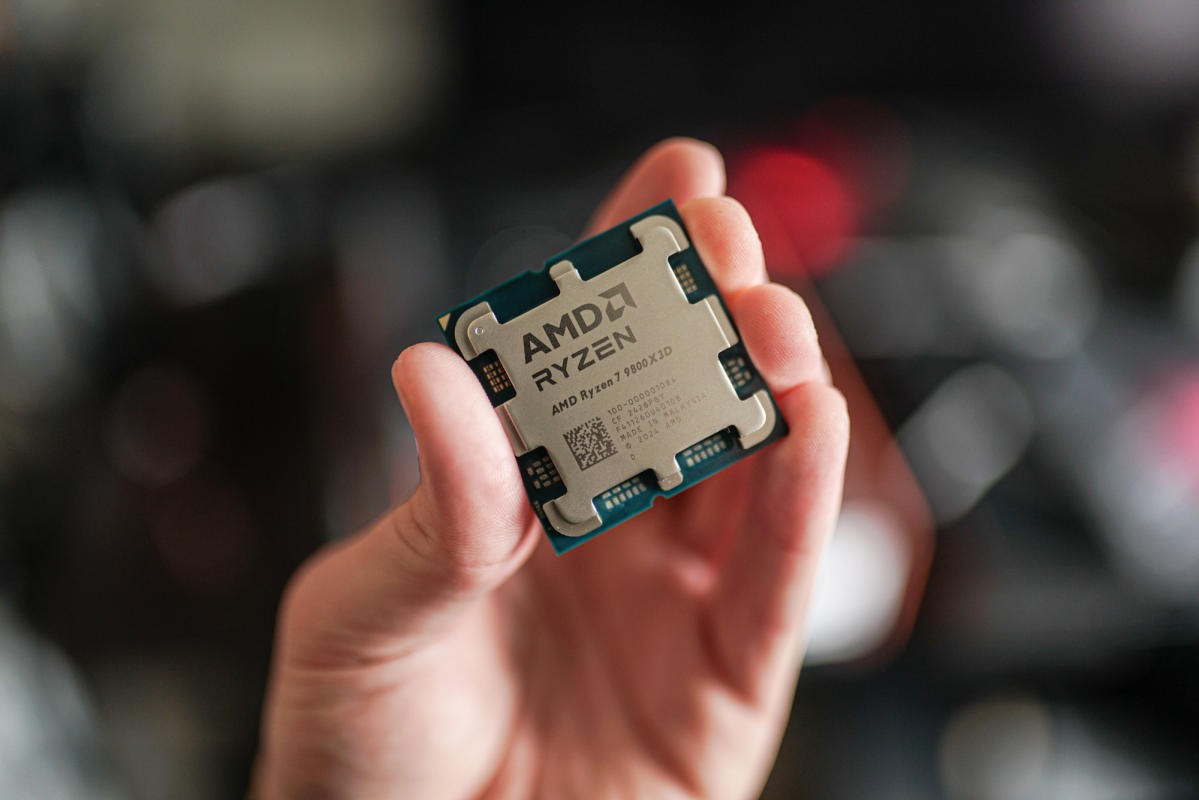
AMD executives revealed that unprecedented demand for their flagship gaming processor, the Ryzen 9 9800X3D, has been partially driven by Intel's underperforming Arrow Lake chips. The disclosure came during a roundtable discussion at CES 2025 in Las Vegas.
"We knew we built a great part. We didn't know the competitor had built a horrible one," said AMD executive Frank Azor, explaining that demand has exceeded their initial projections.
The shortage stems from Intel's Arrow Lake processors delivering disappointing gaming performance at launch. While Intel promised a fix, recent testing showed the patch provided no meaningful improvements. This competitive landscape has pushed more gamers toward AMD's high-performance X3D processors.
Manufacturing these advanced chips requires extensive lead time - over 13 weeks for standard processors, with the 3D V-Cache stacking process adding even more time. AMD's David McAfee noted they are working to increase production capacity, but the effects won't be immediate.
"The demand we've seen for the 9800X3D and the 7800X3D has been unprecedented," McAfee stated. He explained that the 8-core X3D models are overwhelmingly popular, outselling higher core count variants by a 10-to-1 ratio.
While AMD ramps up production, Intel appears to have no immediate answer to the 3D V-Cache technology. When questioned about their response strategy, Intel's Jim Johnson declined to discuss unannounced products, only stating their goal of "leadership product in every segment."
The supply constraints are expected to ease through the first half of 2025 as AMD's increased production capacity comes online. Until then, gamers seeking AMD's top-performing processor may continue facing availability challenges.